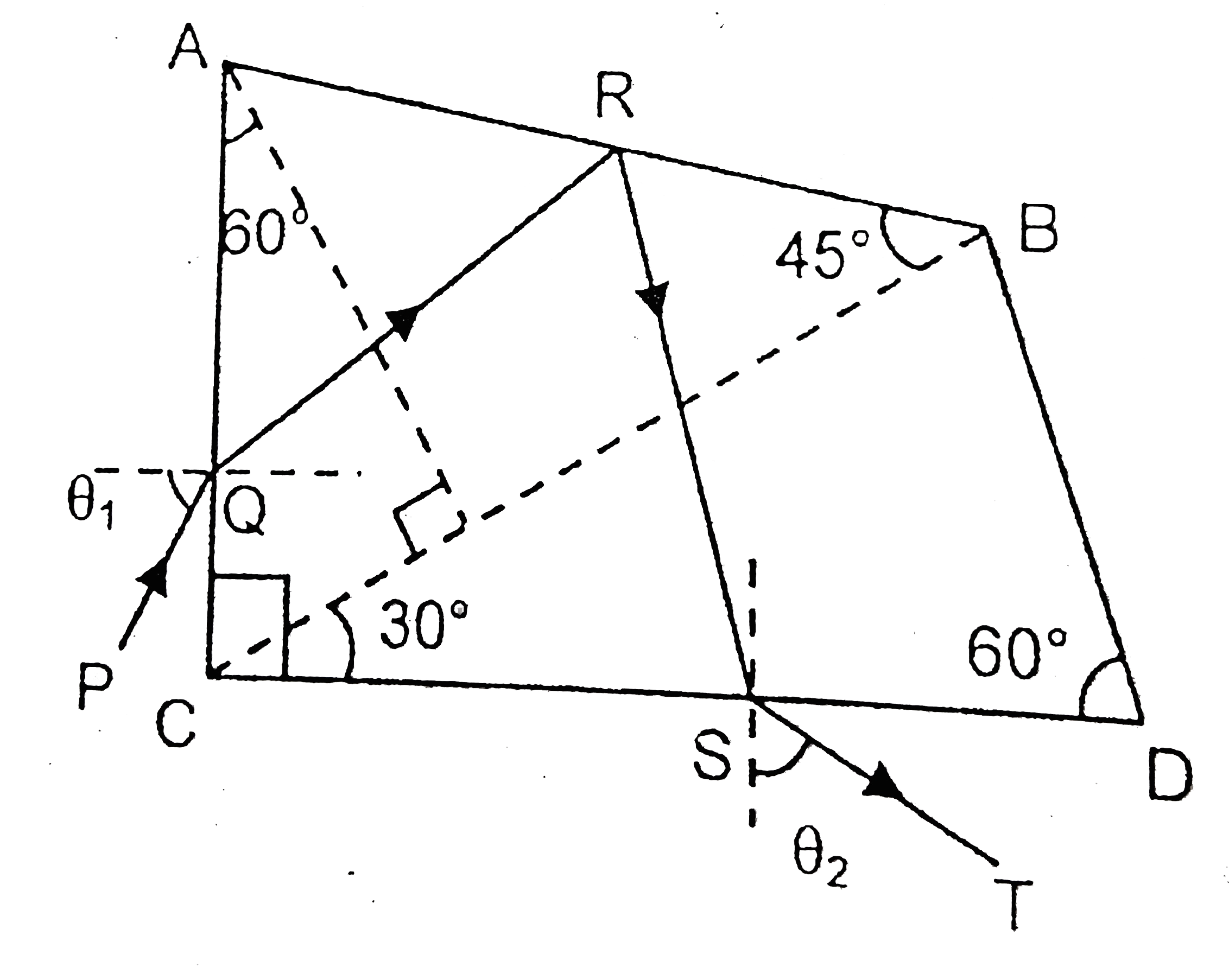
The figure shows a constant deviation prism ABCD. The incident ray is PQ and the emergent ray is ST. Although it is made up of one piece of glass, but it is equivalent to two 30∘−60∘−90∘ prism and one 45∘−45∘90∘ prism.The angle θ1 is the angle of incidence on face AB. The path of the ray inside the prism is indicated in the figure. for this prism μ=2sinθ1.
Q. The ratio θ1θ2 is
1
12
√2
1√2
The correct Answer is:A
Step by step video & image solution for The figure shows a constant deviation prism ABCD. The incident ray is PQ and the emergent ray is ST. Although it is made up of one piece of glass, but it is equivalent to two 30^(@)-60^(@)-90^(@) prism and one 45^(@)-45^(@)90^(@) prism.The angle theta_(1) is the angle of incidence on face AB. The path of the ray inside the prism is indicated in the figure. for this prism mu=2sintheta_(1). Q. The ratio (theta_(1))/(theta_(2)) is by Physics experts to help you in doubts & scoring excellent marks in Class 12 exams.
Updated on:21/07/2023Topper's Solved these Questions
- RAY OPTICSBOOK - CENGAGE PHYSICS ENGLISHCHAPTER - RAY OPTICSEXERCISE - DPP 1.6
12 Videos
- RAY OPTICSBOOK - CENGAGE PHYSICS ENGLISHCHAPTER - RAY OPTICSEXERCISE - DPP 1.4
15 Videos
- PHOTOELECTRIC EFFECTBOOK - CENGAGE PHYSICS ENGLISHCHAPTER - PHOTOELECTRIC EFFECTEXERCISE - Integer Type
4 Videos
- SOURCES OF MAGNETIC FIELDBOOK - CENGAGE PHYSICS ENGLISHCHAPTER - SOURCES OF MAGNETIC FIELDEXERCISE - single correct Ansewer type
12 Videos
Similar Questions
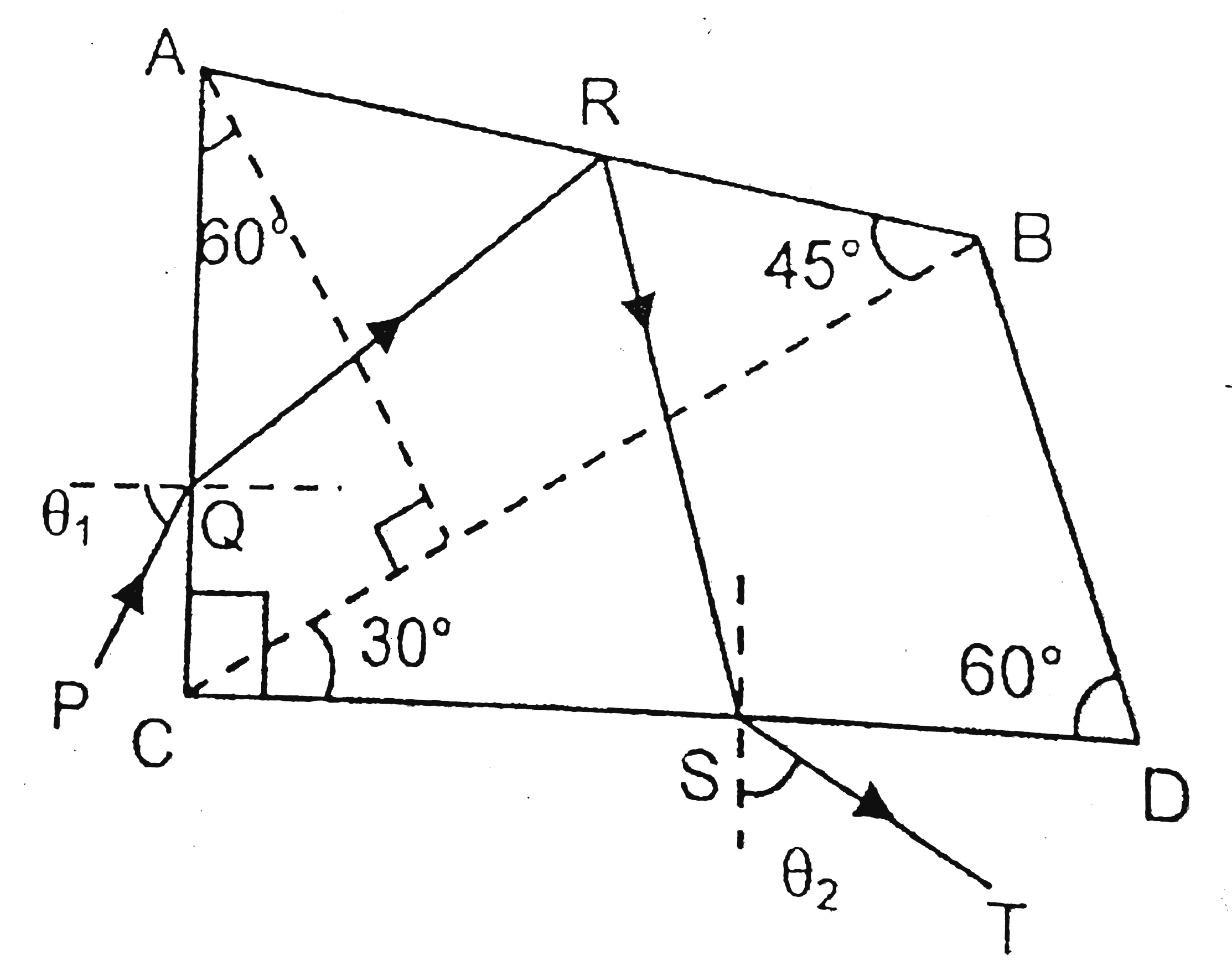
The figure shows a constant deviation prism ABCD. The incident ray is PQ and the emergent ray is ST. Although it is made up of one piece of glass, but it is equivalent to two 30∘−60∘−90∘ prism and one 45∘−45∘90∘ prism.The angle θ1 is the angle of incidence on face AB. The path of the ray inside the prism is indicated in the figure. for this prism μ=2sinθ1.
Q. The total deviation of incident ray when it emerges out of the prism is
View SolutionFigure shows graph of deviation δ versus angle of incidence for a light ray striking a prism. Angle of prism is
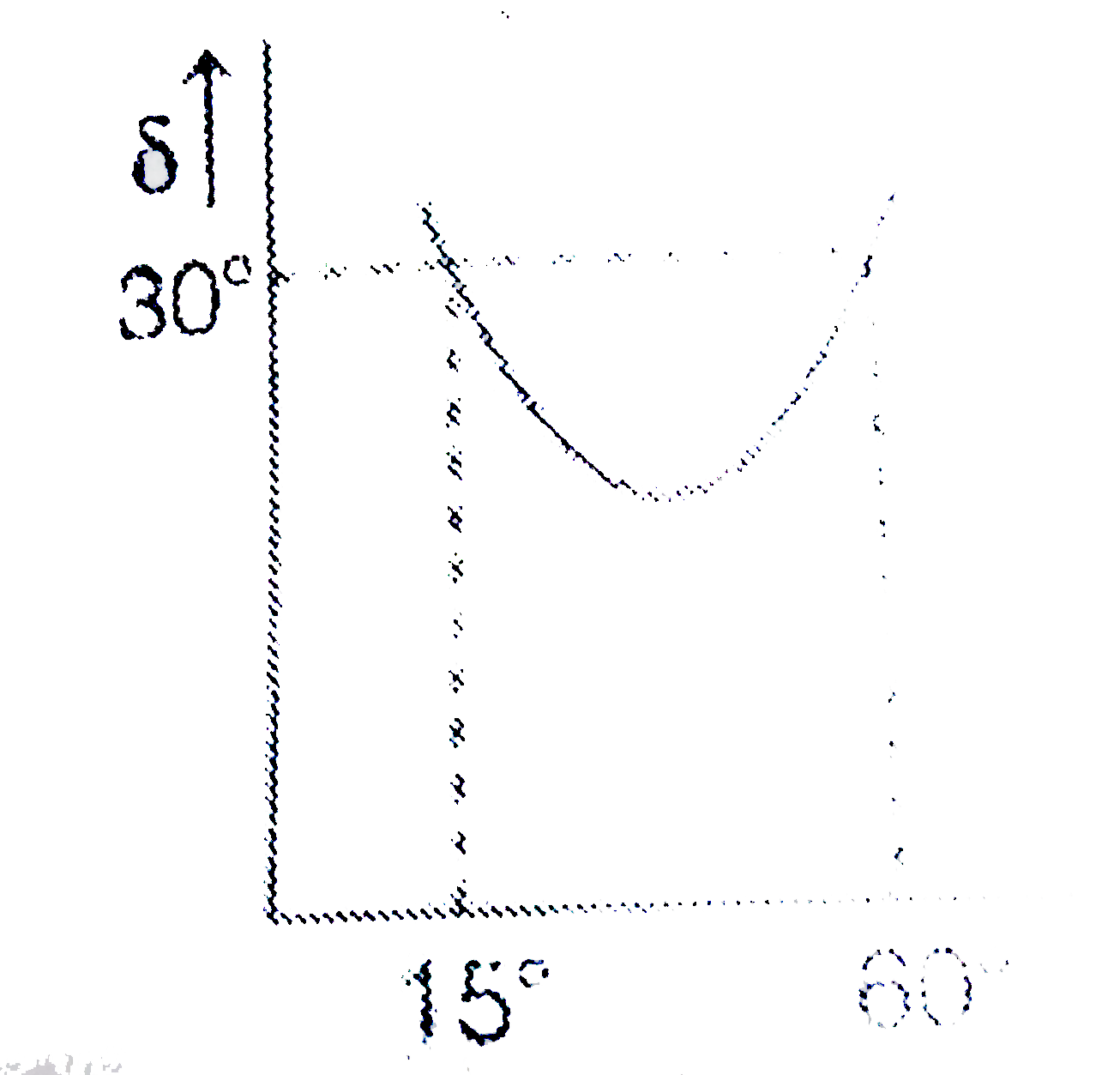
View SolutionThe angle between the incident ray and the emergent ray in case of a prism is called angle of prism. _________
View SolutionThe angle between the incident ray and the refracted ray of a prism is called angle of deviation.
View SolutionTwo light rays 1 and 2 are incident on two faces AB and AC on an isosceles prism as shown in the figure. The rays emerge from the side BC. Then,
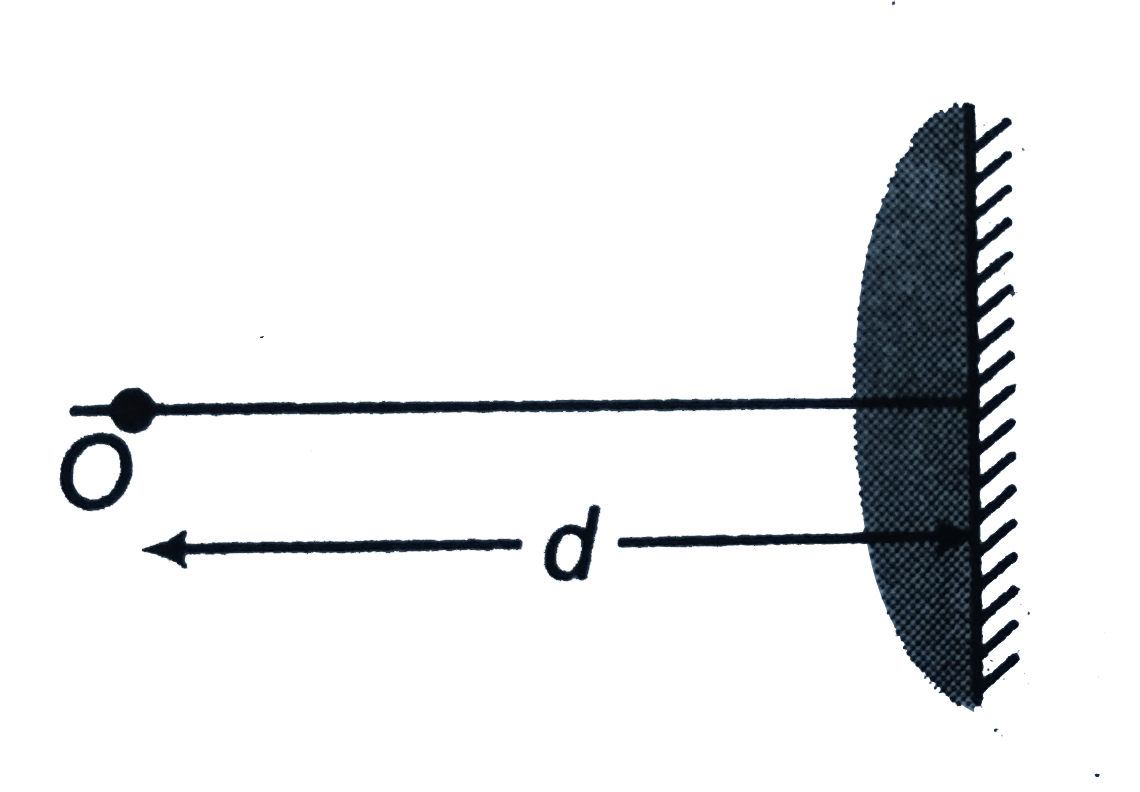
View SolutionThe refractive index of material of a prism of angles 45∘, −45∘, and −90∘ is 1.5. The path of the ray of light incident normally on the hypotenuse side shown in
View SolutionThe following diagram shows a 60∘,30∘,90∘ glass prism of critical angle 42∘. Copy the diagram and complete the path of incident ray AB emerging out of the prism marking the angle of incidence on each surface.
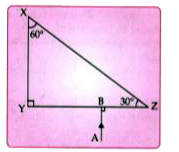
View SolutionA ray of light undergoes deviation of 30∘ when incident on an equilateral prism of refractive index √2. The angle made by the ray inside the prism with the base of the prism is
View SolutionThe angle of incidance for an equilateral prism is 60∘. What should be the refractive index of prism so that the ray is parallel to the base inside the prism ?
View SolutionThe angle of a prism is 60∘ When light is incident at an angle of 60∘ on the prism, the angle of emerge is 40∘. The angle of incidence i for which the light ray will deviate the least is such that
View Solution
